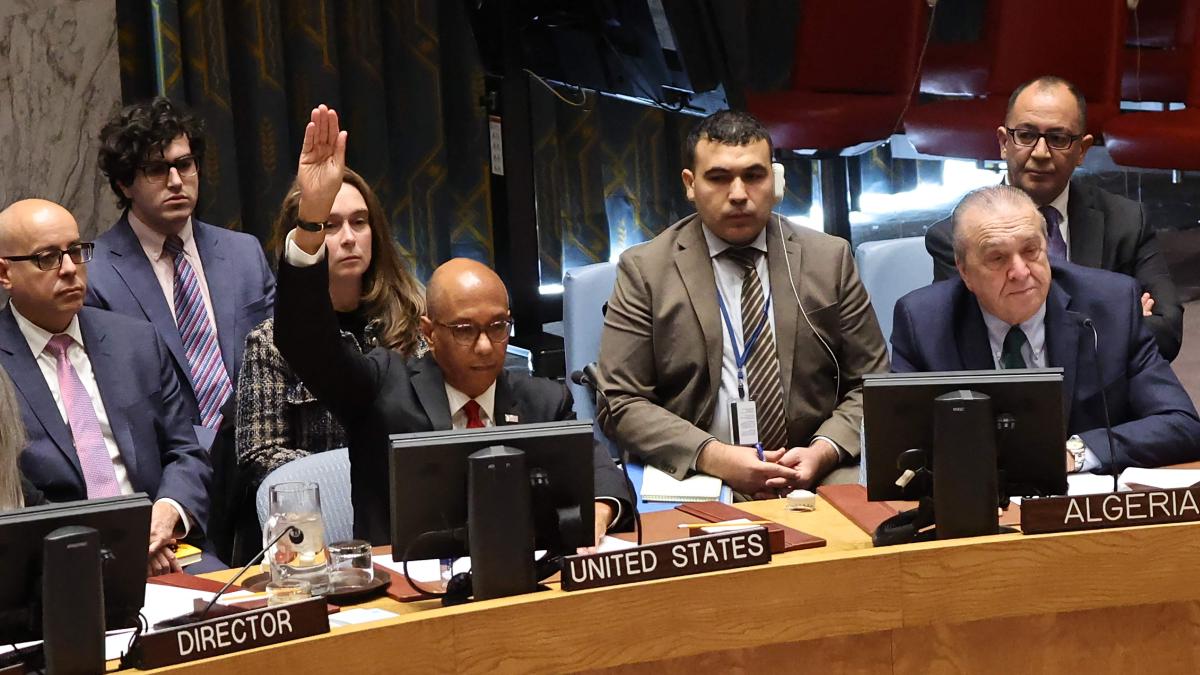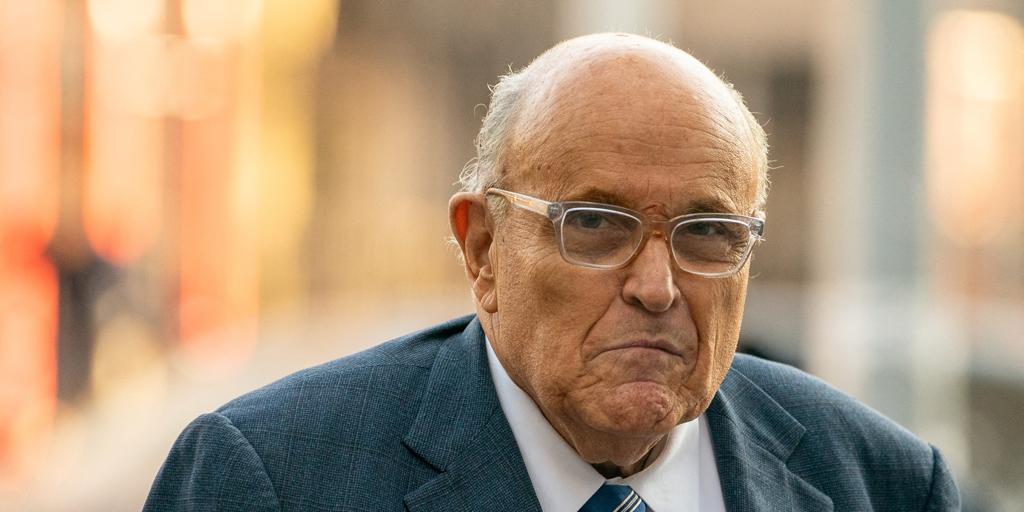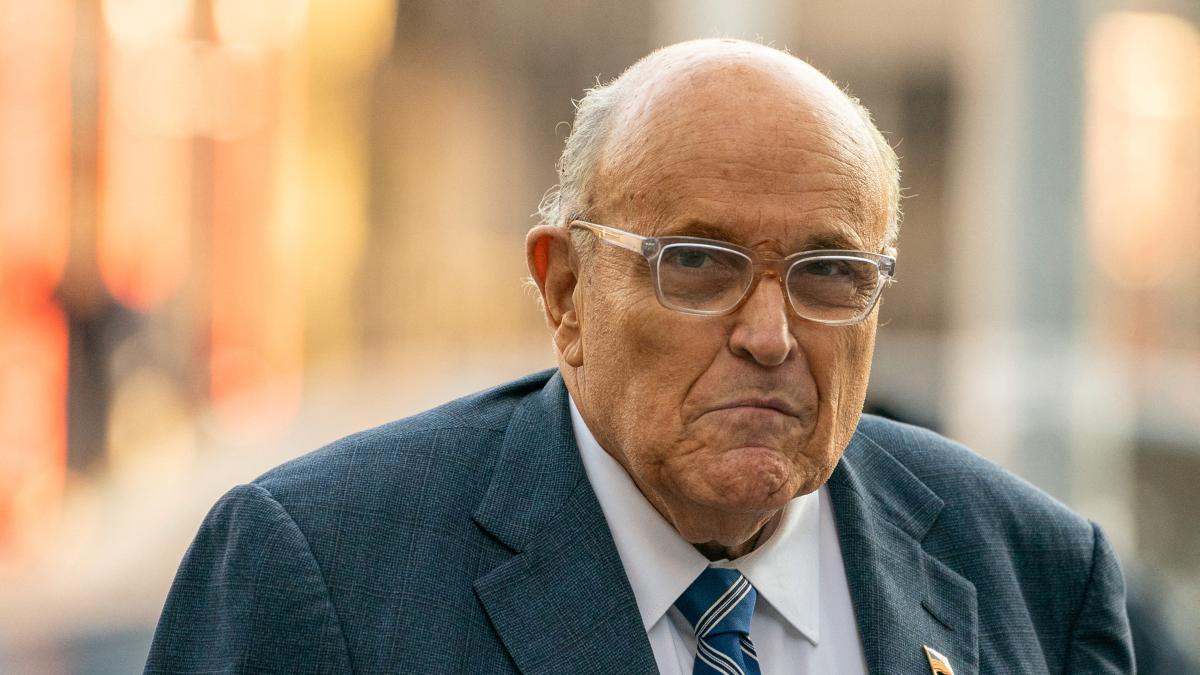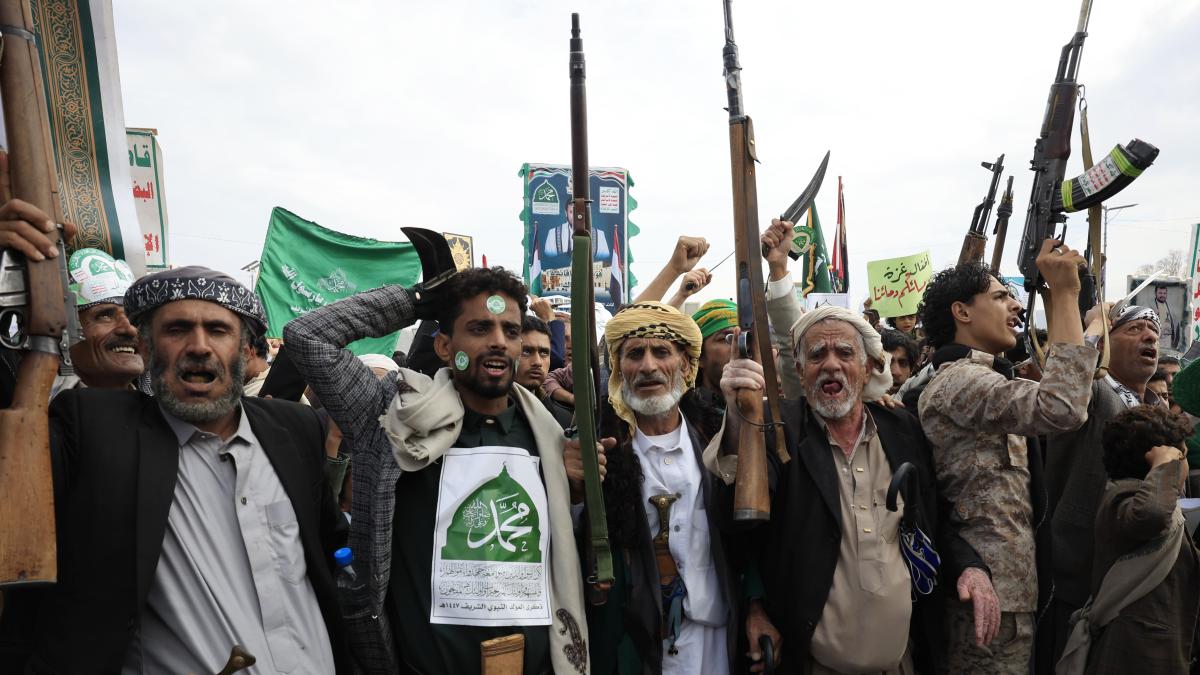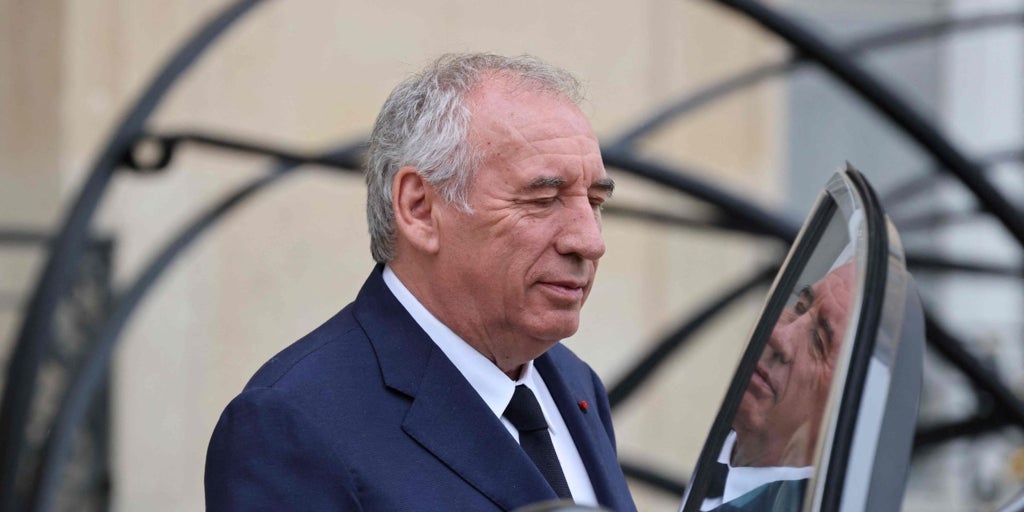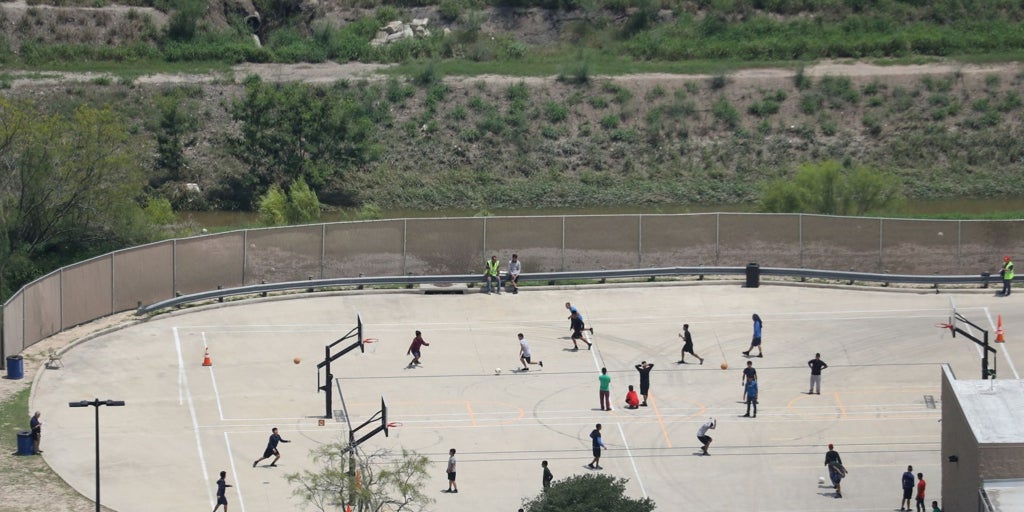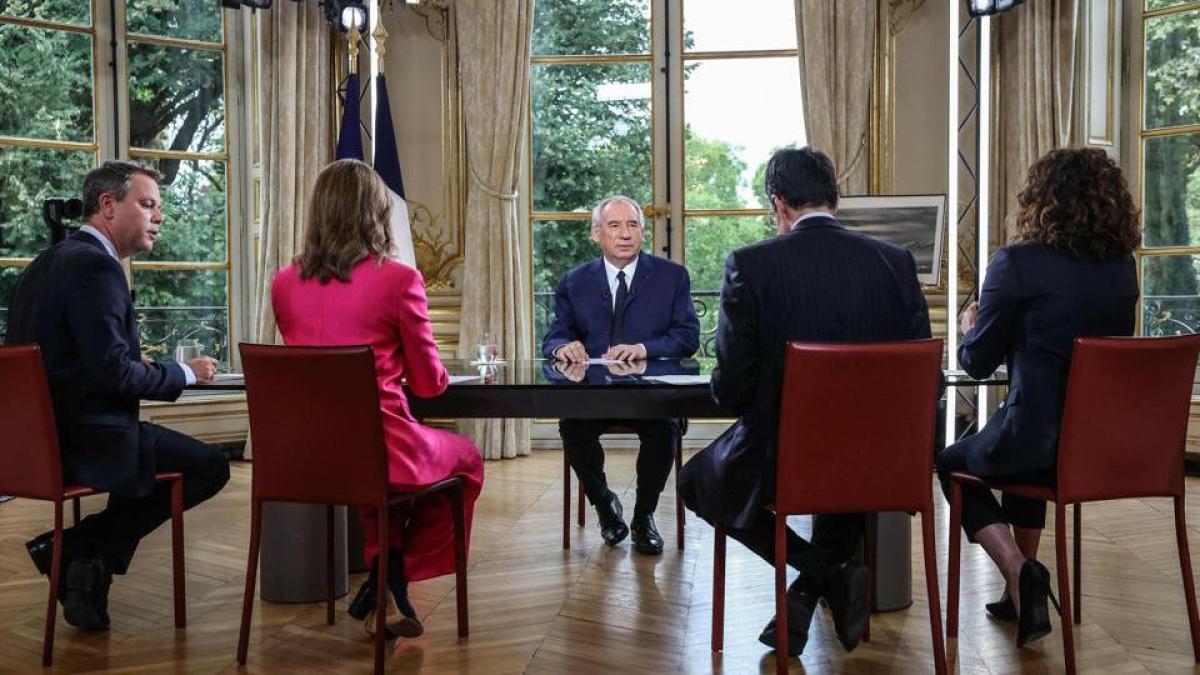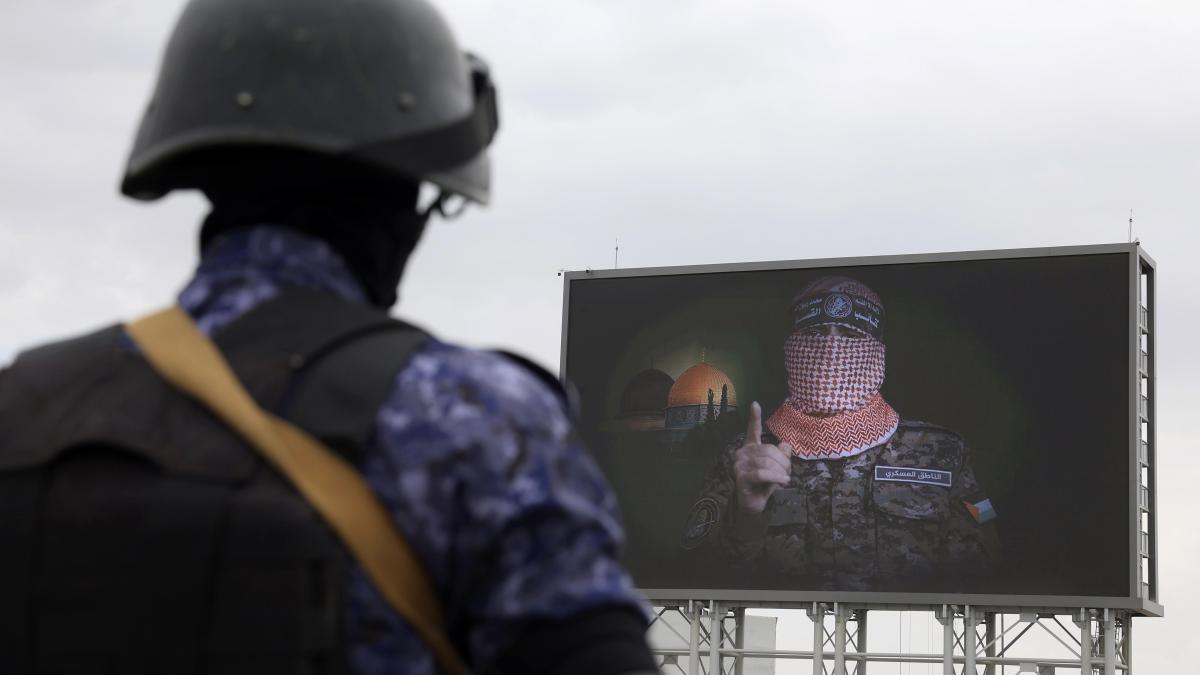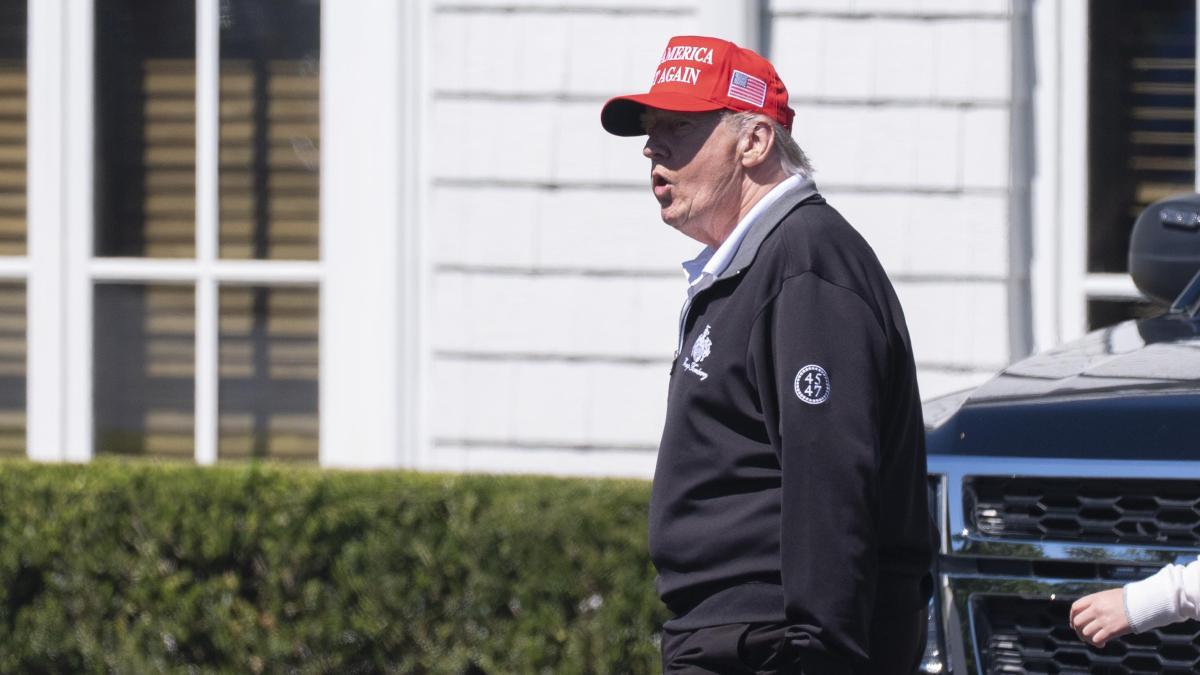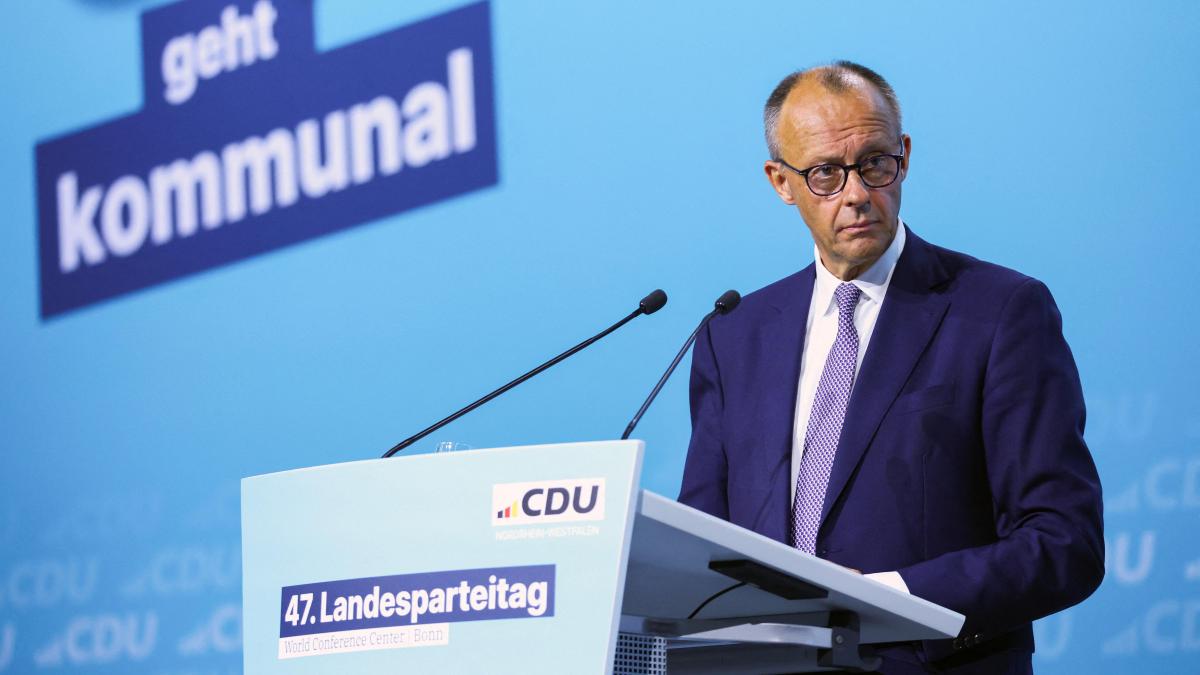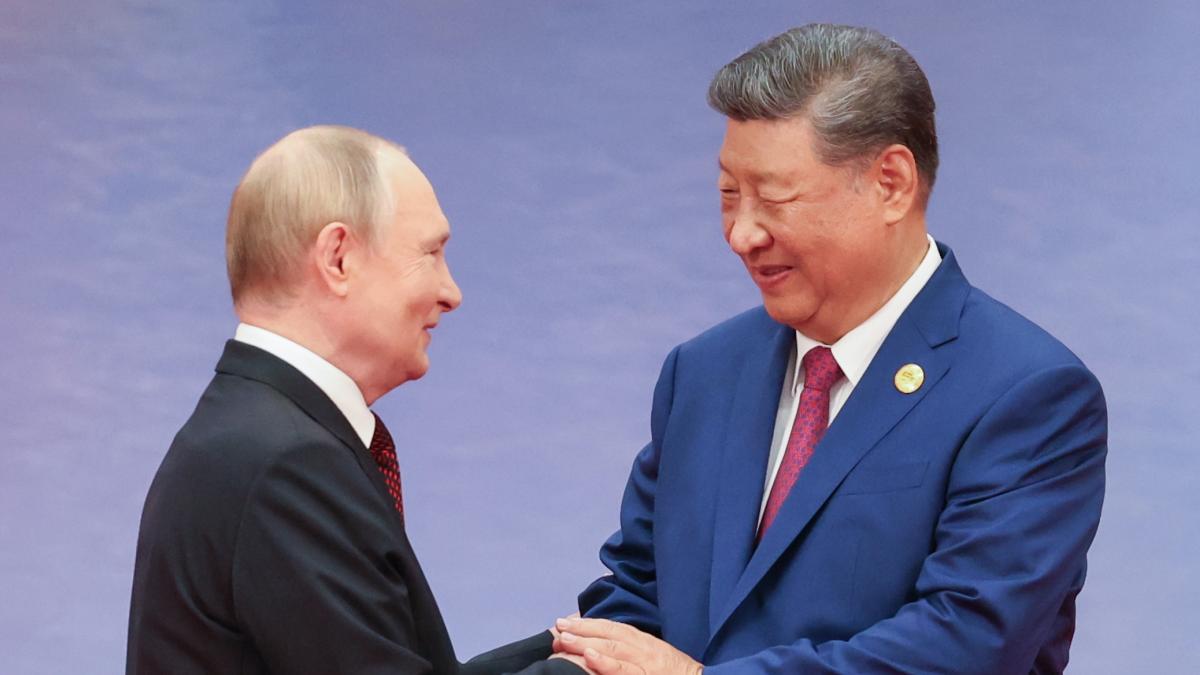The United States Sees Itself as a Victim of a Global Conspiracy by Vetoing Another Ceasefire in Gaza
The United States presented itself before the UN Security Council this Wednesday as the victim of a global conspiracy at the expense of the war unleashed in Palestinian territory by Israel following the devastating Hamas attack on October 7, 2023. As tensions escalate and the humanitarian crisis deepens, the U.S.’s veto power is now being cast not just as a political maneuver but as part of a larger narrative of victimhood.
The Washington government exercised its veto power for the fourth time, blocking a resolution that called for an “immediate, unconditional and permanent” ceasefire in the Gaza Strip. This resolution was critical, as it also called for actions directed specifically at Israel to ensure the unhindered access of humanitarian aid and to reject “any attempt to starve the Palestinians.” Using these humanitarian justifications, the broader implications of the U.S. position begin to take shape.
The vote’s outcome was striking: 14 in favor, and the lone opposition came from the United States. This overwhelming support from a diverse group of nations — including Western allies, Arabs, Asians, Latin Americans, and Africans — painted a picture of international consensus against what many are now calling American hypocrisy. Diplomatic reactions were swift and condemnatory; Russia described the U.S. attitude as nothing less than “a pure act of hypocrisy.” Here lies a dichotomy of perception: while the U.S. portrays itself as a bastion of democracy advocating for peace and security, the global community sees a pattern of obfuscation in favor of its political interests.
The Biden administration had announced its veto in advance, citing that the proposed text did not call for the immediate release of Israeli hostages taken by Hamas. In the view of U.S. officials, countries on the Security Council were more interested in provoking a U.S. veto than genuinely pursuing peace. In this context, Moscow and Beijing were are seen as manipulative players, adding layers of complexity to an already multifaceted geopolitical environment.
Yet, despite these claims from the U.S. leadership, the resolution was put to a vote, revealing an America exposed. The draft had undergone extensive negotiations and was supported by ten non-permanent members of the Council in a notable show of multilateral consensus. This unanimity reveals an essential rift in international perspectives, suggesting that the narrative propagated by the U.S. may not hold when faced with global scrutiny.
On previous occasions of anticipated confrontations, U.S. Ambassador to the UN, Linda Thomas-Greenfield, opted to remain absent from the proceedings. This time, it was Robert Wood who stepped in, tasked with justifying a position that increasingly appears unsustainable in light of growing international criticism. Wood insisted on a narrative that claimed the resolution did not articulate a necessary connection between the ceasefire and hostage release, echoing the prevailing sentiment that America is grasping for straws.
Moreover, the draft resolution mentions liberation but fails to link it to any cessation of hostilities — a glaring omission that speaks volumes about the broader impasse. In line with the customary American discourse, Wood stressed that the draft did not explicitly condemn the terrorist attacks executed by Hamas on October 7, thereby gesturing to the intricacies of assigning blame in a conflict characterized by escalating violence on all sides.
Insightfully, Israel’s UN ambassador, Danny Danon, preemptively characterized the resolution as a “betrayal” of both the hostages and the principles that the United Nations claims to defend. His remarks echoed a widely held belief among pro-Israel commentators that resolutions demanding ceasefires absent considerations for hostages send a dangerous message, tacitly encouraging future terrorist actions.
This was the twelfth resolution of its kind proposed to the Security Council, previously highlighted in a June resolution to establish a ceasefire, an initiative the United States had sponsored. That particular instance was marked by bipartisan backing from various nations, yet it ultimately faltered as neither Israel nor Hamas honored the terms laid out in that resolution, perpetuating the cycle of violence.
As it stands, the conflict between Israel and Hamas illustrates broader systemic failures in international diplomatic processes. The U.S.’s repeated vetoes only add to a growing perception of selective empathy grounded in strategic alliances rather than genuine humanitarian concern. This dynamic threatens to embolden further violence and suffering among innocents caught in the crossfire.
Two sides of a contentious debate dominate as the narrative unfolds: one side sees the United States as a protector of democracy and a defender of its allies, while the other perceives it as a self-serving actor contributing to a humanitarian catastrophe. As the situation in Gaza deteriorates and the international community grows increasingly disillusioned, it becomes imperative to examine America’s role in the ongoing crisis critically.
The July to December months will likely witness further escalations unless genuine diplomatic efforts and humanitarian concerns materialize into decisive action. The United States will need to reassess its positioning if it hopes to remain relevant as a mediator for peace and justice in a conflict riddled with complexities. Otherwise, casting itself as a victim may prove to be a shaky foundation upon which to build its foreign policy going forward.

